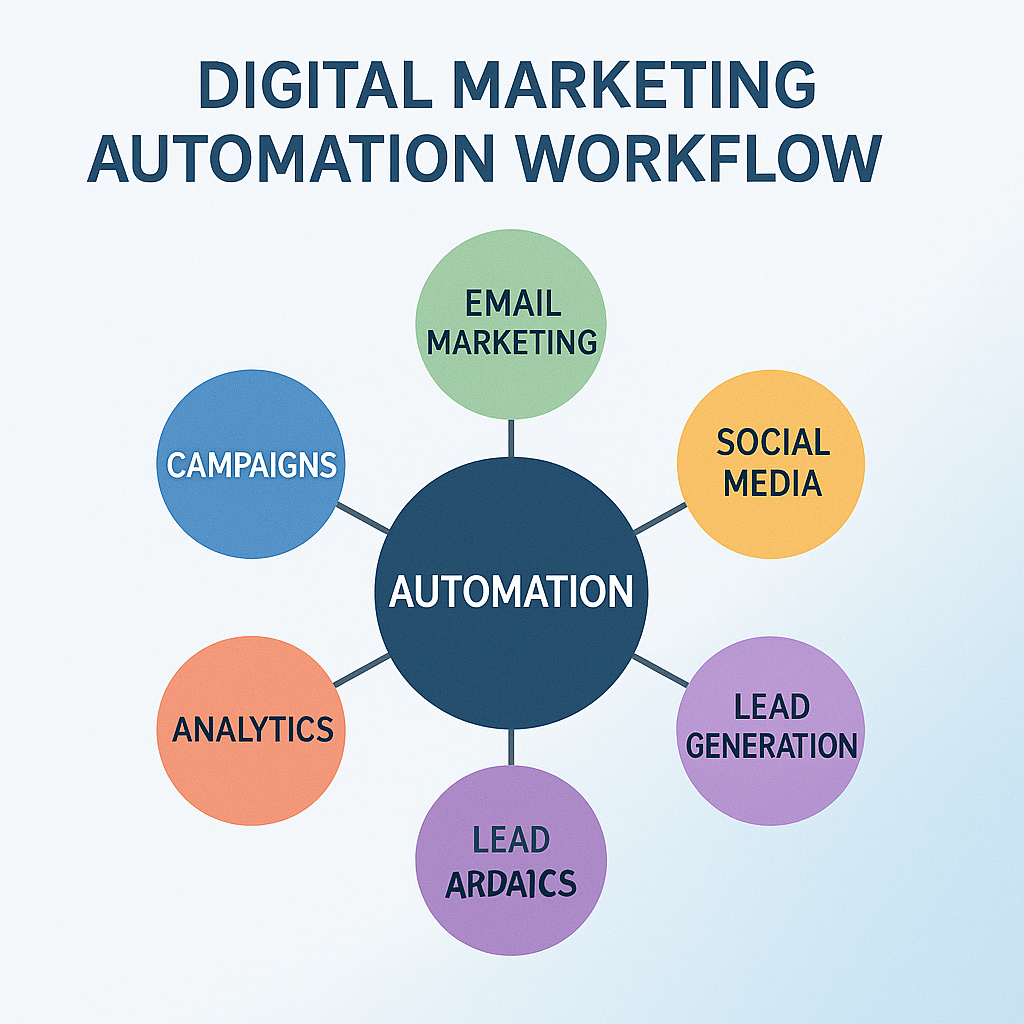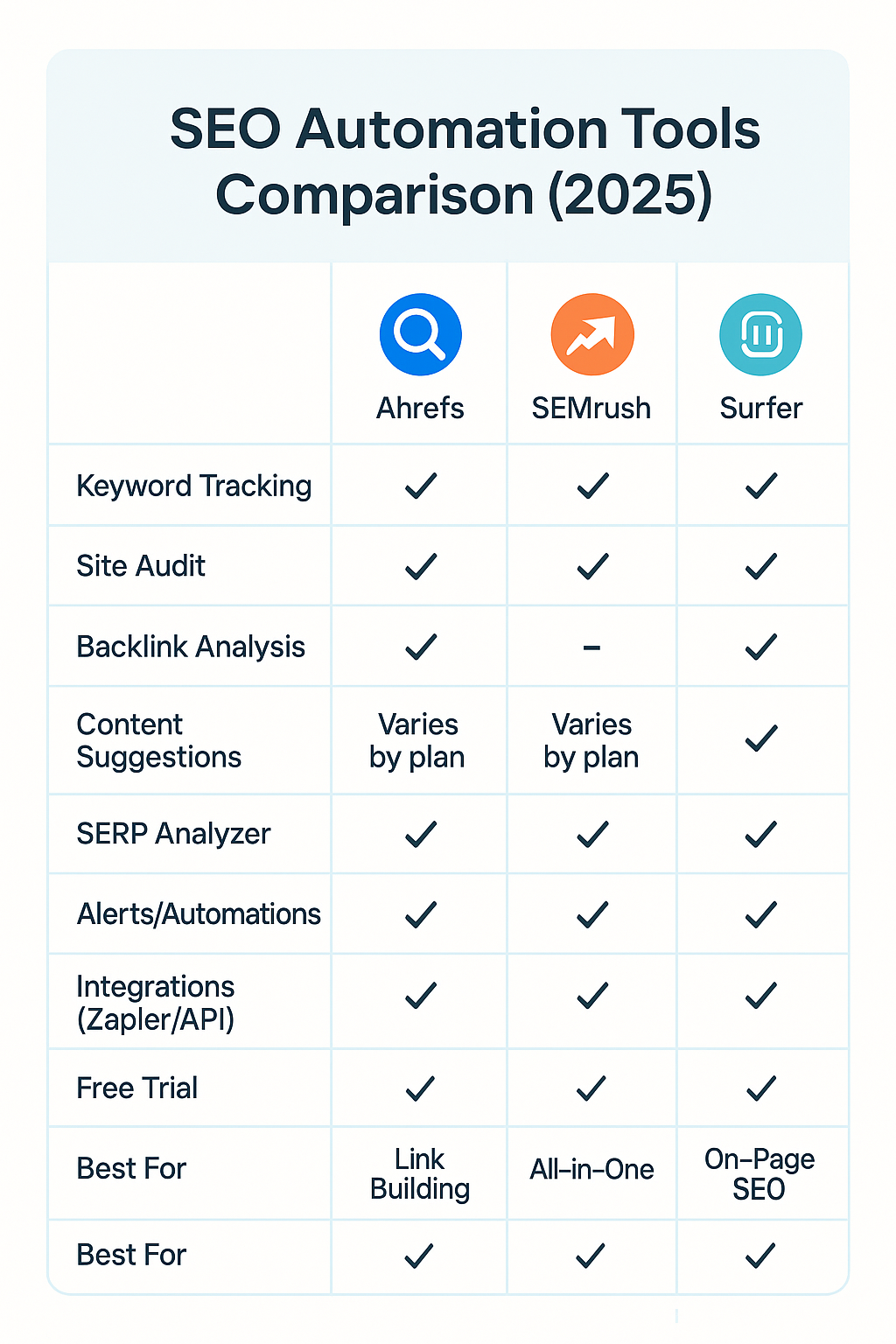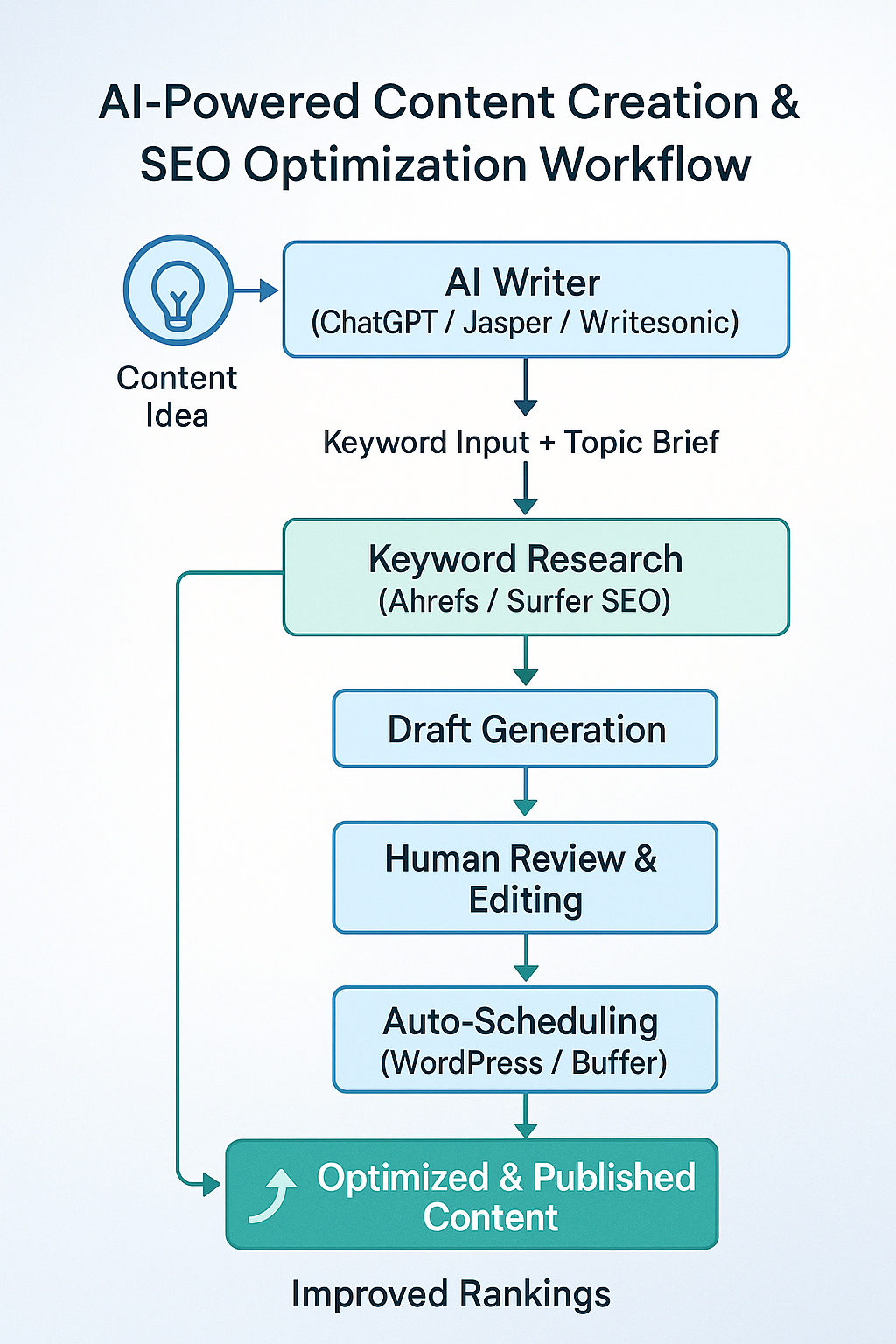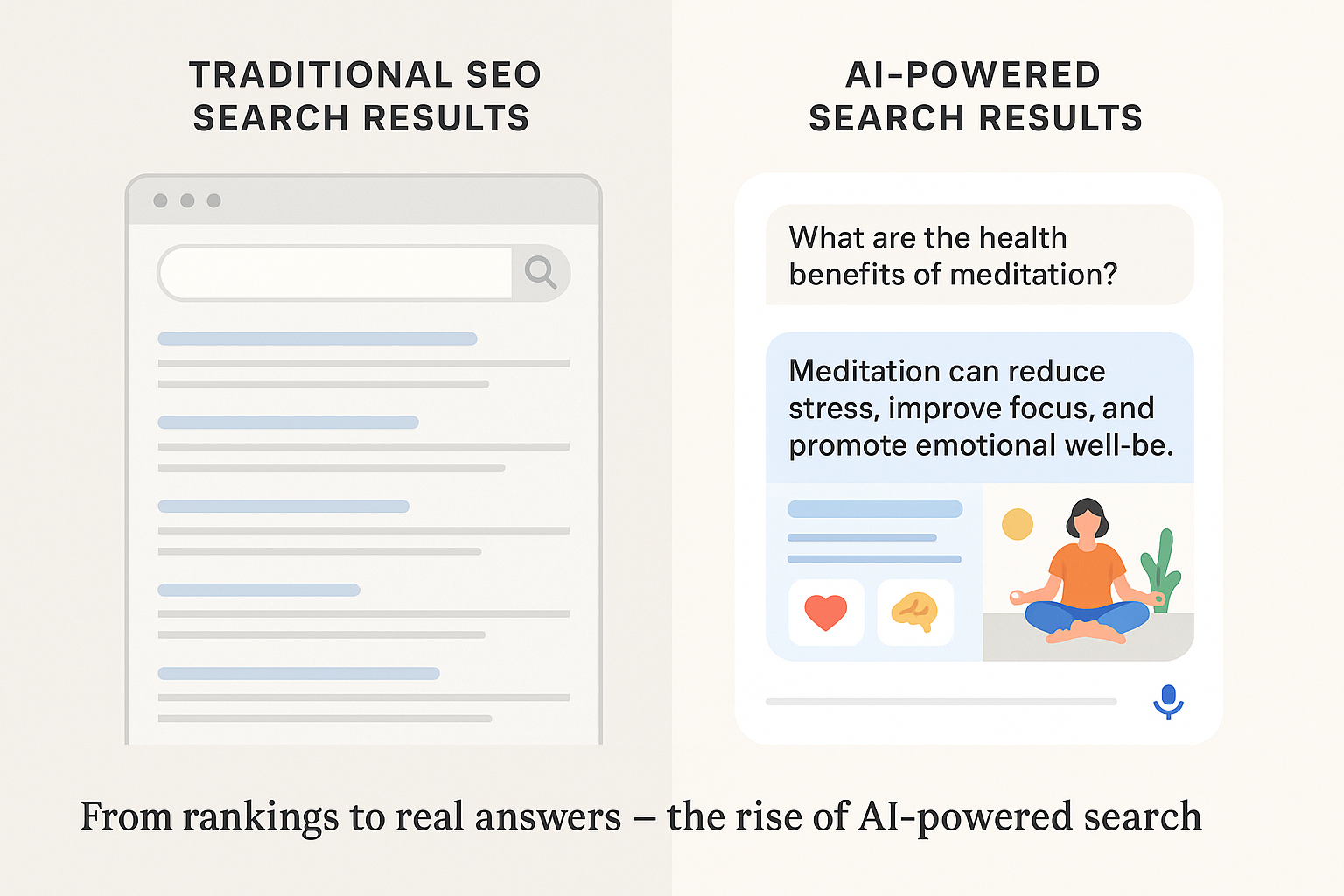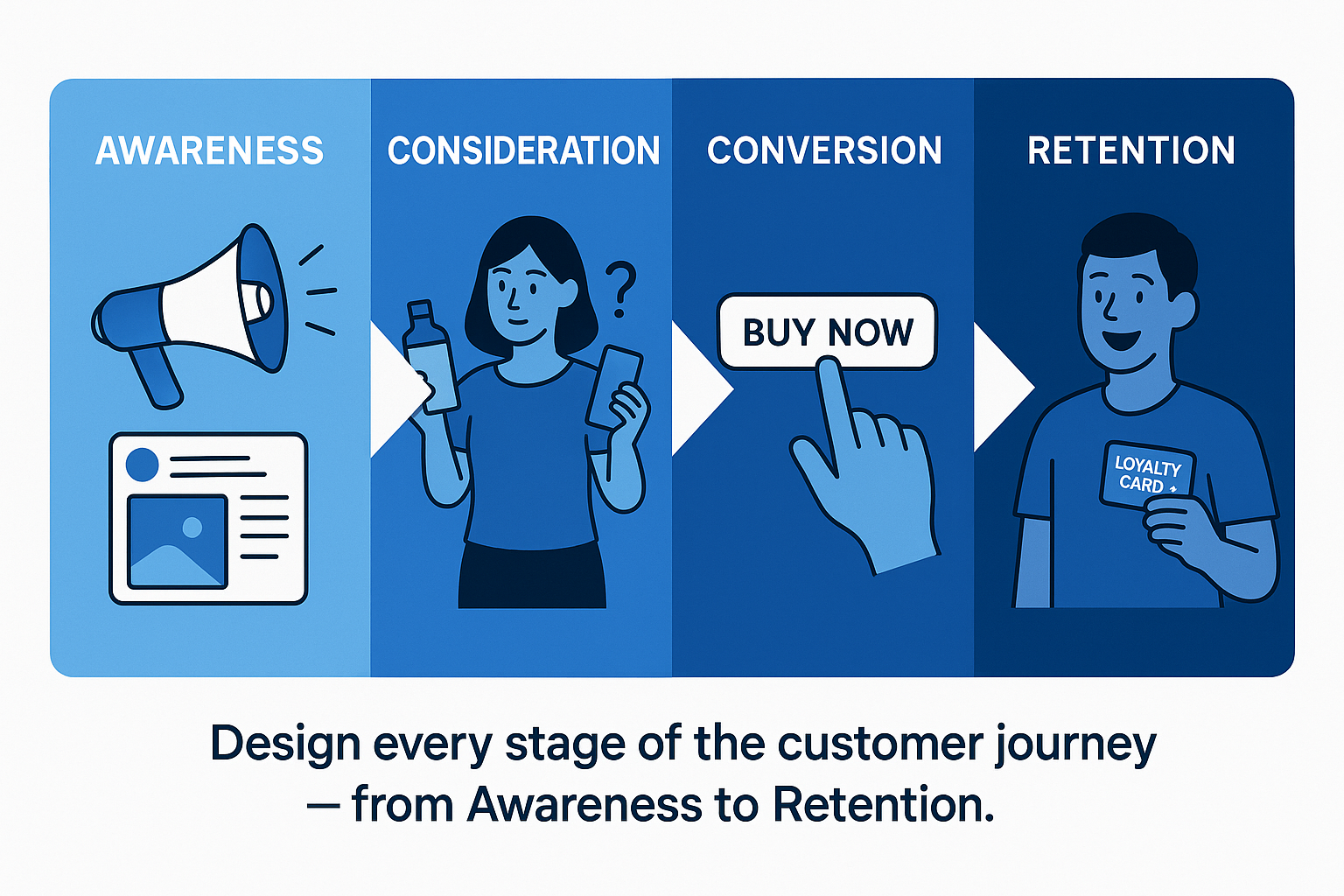Digital Marketing & SEO Automation Tools — Boost Your Online Growth in 2025
In the fast-changing digital era, marketers face an ever-growing challenge: managing campaigns across multiple channels while staying efficient and data-driven. That’s where digital marketing and SEO automation tools come in. In 2025, automation is no longer a luxury—it’s a necessity for scaling content, improving search visibility, and maximizing ROI. This guide explores the best automation tools and strategies that can supercharge your online marketing performance.
1. Understanding Digital Marketing Automation
Digital marketing automation uses AI, machine learning, and workflow systems to handle repetitive marketing tasks automatically. From social media posting to lead nurturing and keyword tracking, automation saves time while ensuring consistency across all campaigns.
Key Benefits of Marketing Automation
-
Increased Efficiency: Save hours of manual work with scheduled tasks and auto-responses.
-
Personalized Targeting: Deliver content tailored to user behavior and demographics.
-
Improved Analytics: Real-time data insights help fine-tune marketing strategies.
-
Higher ROI: Automation ensures no lead or engagement opportunity is missed.
2. SEO Automation — Smarter Rankings, Less Manual Work
Search Engine Optimization (SEO) is the backbone of digital visibility. Automation tools now streamline keyword research, backlink analysis, and on-page optimization—helping marketers focus more on strategy and creativity.
Core Areas of SEO Automation
-
Keyword Tracking: Tools like Ahrefs, SEMrush, and Serpstat automate ranking updates.
-
Site Audits: Platforms such as Screaming Frog and Sitebulb continuously detect broken links, missing meta tags, and crawl issues.
-
Content Optimization: Surfer SEO and Frase.io analyze SERP competitors and recommend real-time content improvements.
-
Link Building: BuzzStream and Pitchbox automate outreach campaigns for backlinks.
3. Top Digital Marketing Automation Tools for 2025
1. HubSpot Marketing Hub
A complete CRM and marketing automation platform offering email campaigns, lead scoring, and SEO tracking.
2. ActiveCampaign
Best known for its advanced email segmentation and automated sales workflows.
3. Zapier
Connects hundreds of marketing apps to automate repetitive workflows without coding.
4. Hootsuite / Buffer
Perfect for scheduling social media posts, tracking engagement, and analyzing performance metrics.
5. Mailchimp
Combines AI-based content recommendations with automated audience segmentation.
6. Canva Magic Studio (2025)
Uses AI to generate ad visuals, video captions, and branded templates automatically.
4. Integrating AI Into SEO & Content Marketing
AI-powered automation is transforming SEO and content creation. Tools like ChatGPT Enterprise, Jasper, and Writesonic generate keyword-rich blog drafts, meta descriptions, and ad copies in minutes.
Benefits include:
-
Faster Content Creation — Generate SEO-optimized blogs in record time.
-
Smarter Insights — AI tools analyze Google search intent and user behavior.
-
Dynamic Optimization — Real-time keyword recommendations and SERP-based updates.
5. Building an Automated Marketing Ecosystem
To fully benefit from automation, integrate tools across channels:
-
Connect CRM, email, and analytics platforms.
-
Use Google Analytics 4 (GA4) with automation triggers for performance alerts.
-
Combine SEO tools with content scheduling platforms for synchronized publishing.
By aligning automation workflows, marketers can ensure that every campaign—from keyword targeting to conversion tracking—works in harmony for maximum growth.
Conclusion — The Future of Marketing is Automated
In 2025, success in digital marketing depends on efficiency, precision, and adaptability. Automation tools not only save time but also empower marketers to make smarter, data-driven decisions. By integrating the right SEO and digital marketing automation tools, you can streamline operations, improve visibility, and achieve sustainable online growth.
Sources:
-
Google Marketing Platform Insights (2025)
-
HubSpot State of Marketing Report (2025)
-
SEMrush Digital Trends Study (2025)
